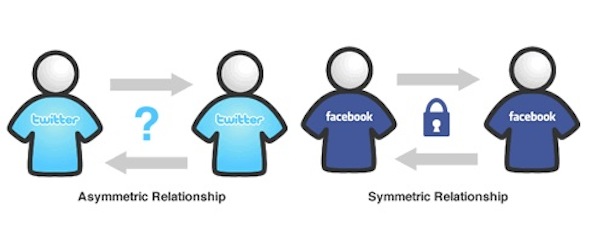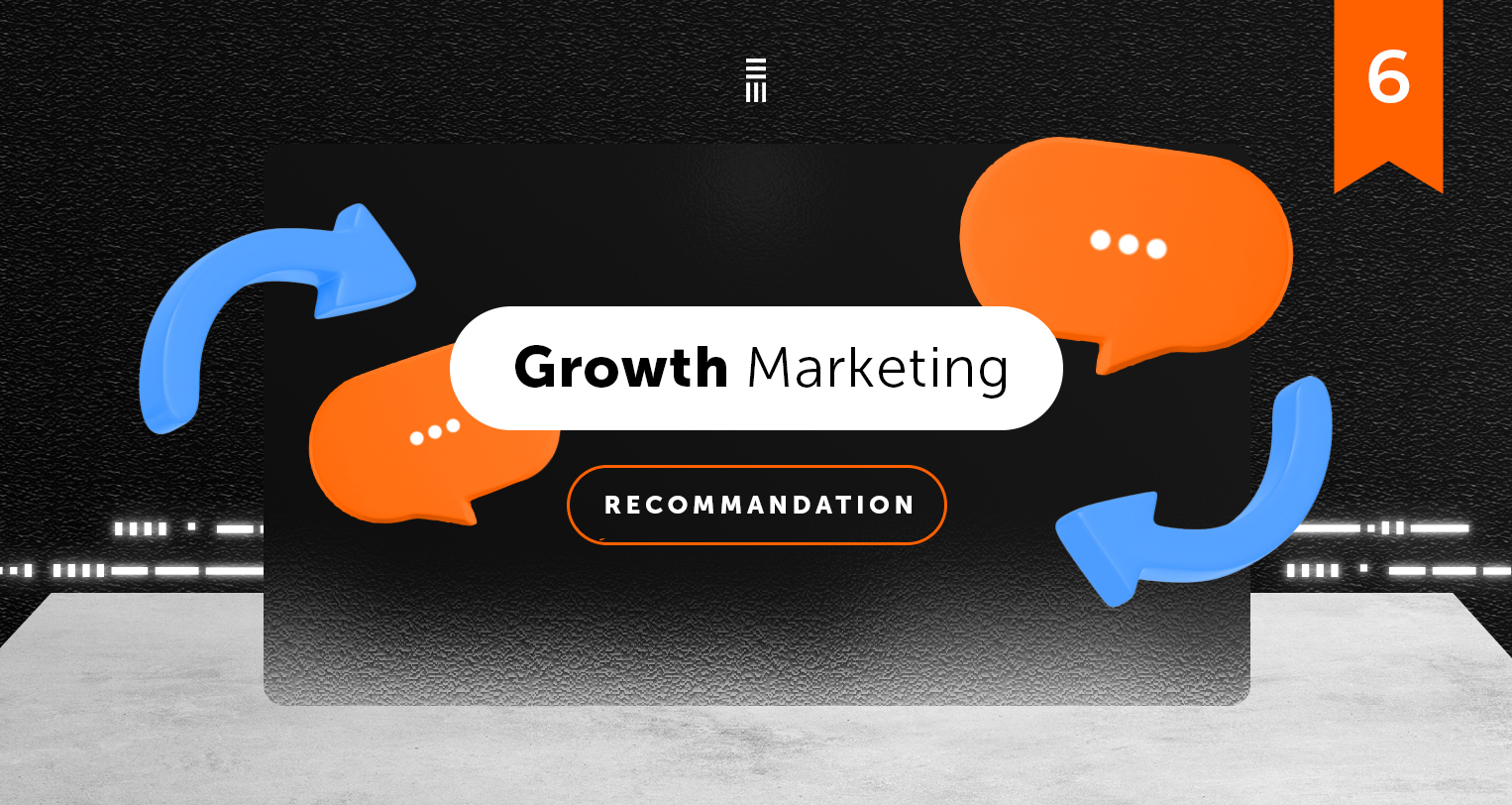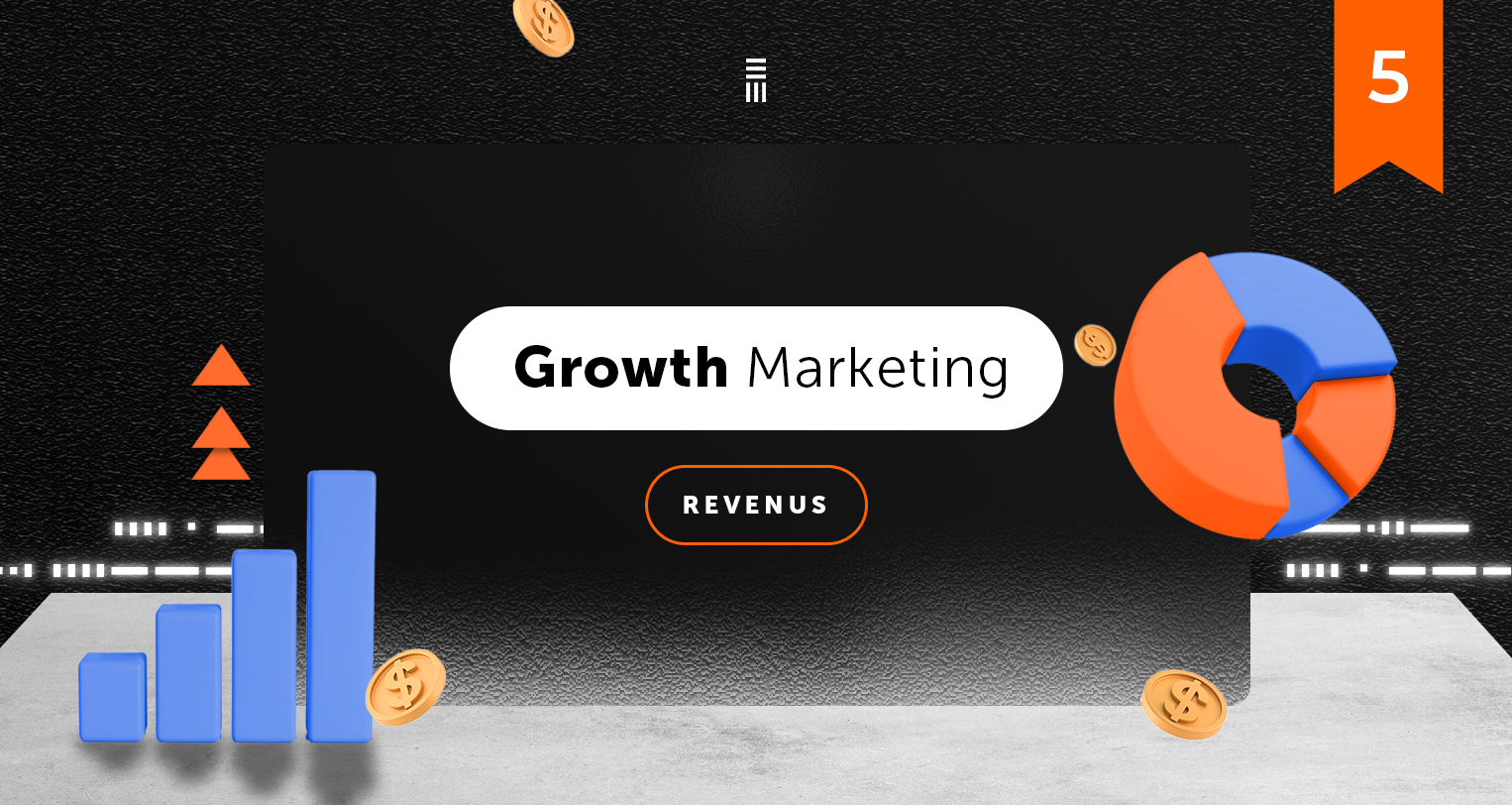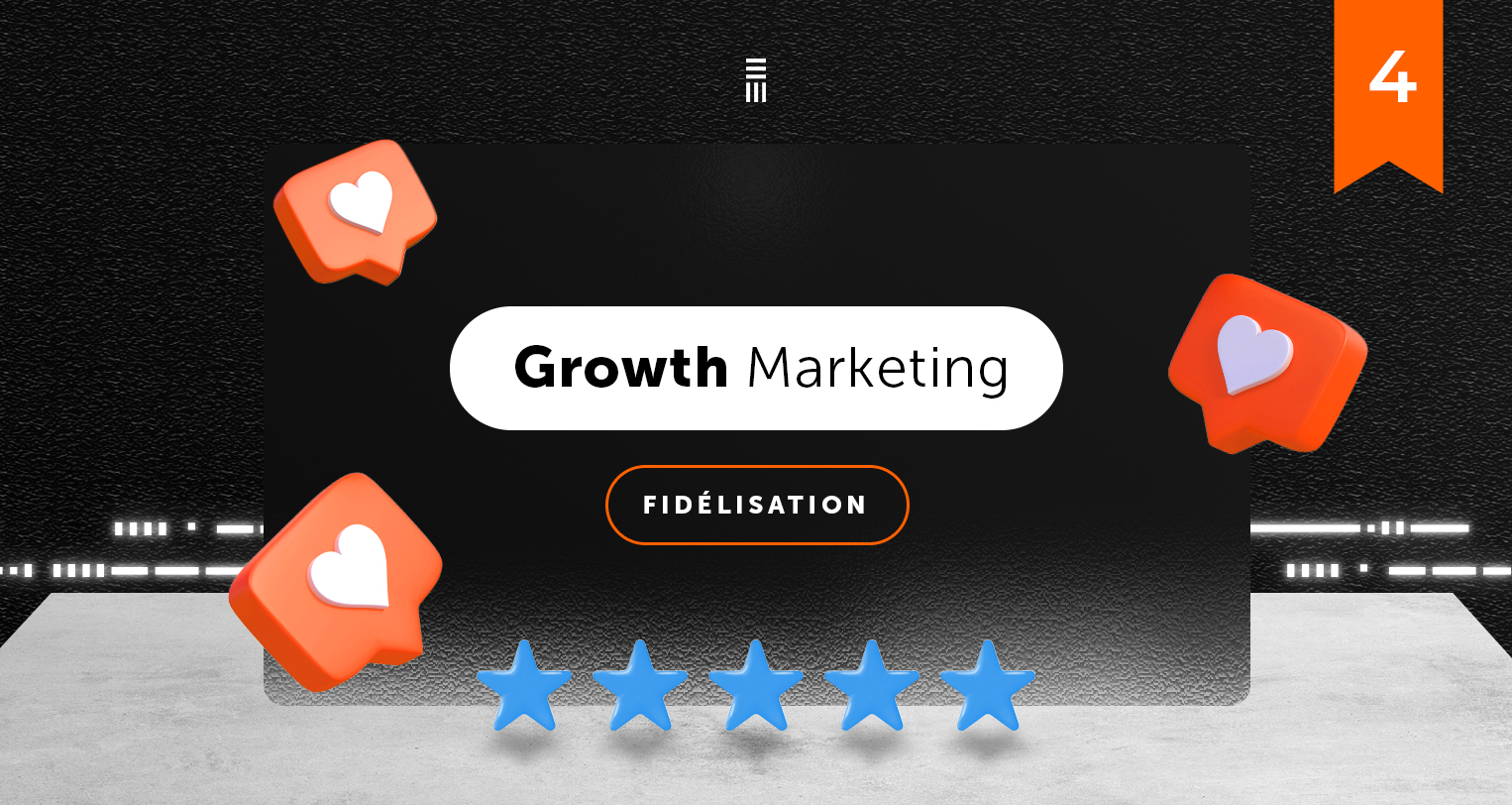What’s the difference between Twitter and Facebook?
In short, there are two ways to model human relationships in software.
An “asymmetric” model is how Twitter currently works. You can “follow” someone else without them following you back. It’s a one-way relationship that may or may not be mutual.
Facebook, on the other hand, has always used a “symmetric” model, where each time you add someone as a friend they have to add you as a friend as well.

Now guess what:
“I predict Facebook will soon go fully asymmetric, allowing all users of the system (not just celebrities or companies) to have “follower” relationships that don’t require reciprocation. I believe they will once again follow in Twitter’s footsteps and people will be able to have follower lists that are much bigger than the number of people they follow.” Joshua Porter
Indeed, the fan-pages have recently become just like profile pages, so it’s very plausible that you will soon have a public (open “twitter” access) and a private (friend-relation) profile.
Thinking of “Facebook Connect” (making it possible to post a reaction on any blog with your facebook ID), this totally makes sense. Facebook breaks out of its closed community shell.
Facebook is going to be the owner of your public and private ID and the guard of your open and personal conversations… How about that for consumer insights?
In the future, OR you’re on Facebook, OR you’re digitally anonymous.
Splitting 2 groups of people: 1. Generation Y (which adores the former) and 2. those born before 1979 (& not working at Emakina, that is) who prefer the latter.
Don’t say Twitter, say “passing trend”.
Don’t say Facebook, say “digital passport & online history”. Soon.
For further information on Facebook’s asymmetric model click here.
Michel Demoor for Emakina/Social
Voir nos derniers articles de blog
Voir tous les articles de blog-
Recommandation – comment construire des boucles de recommandation et transformer vos meilleurs clients en ambassadeurs de marque

-
Revenus : Comprendre la valeur à vie de vos clients

-
Fidélisation – comment construire un modèle de fidélisation efficace et réduire le taux d’attrition

-
3 étapes pour faire passer vos utilisateurs de l’engouement à l’activation

